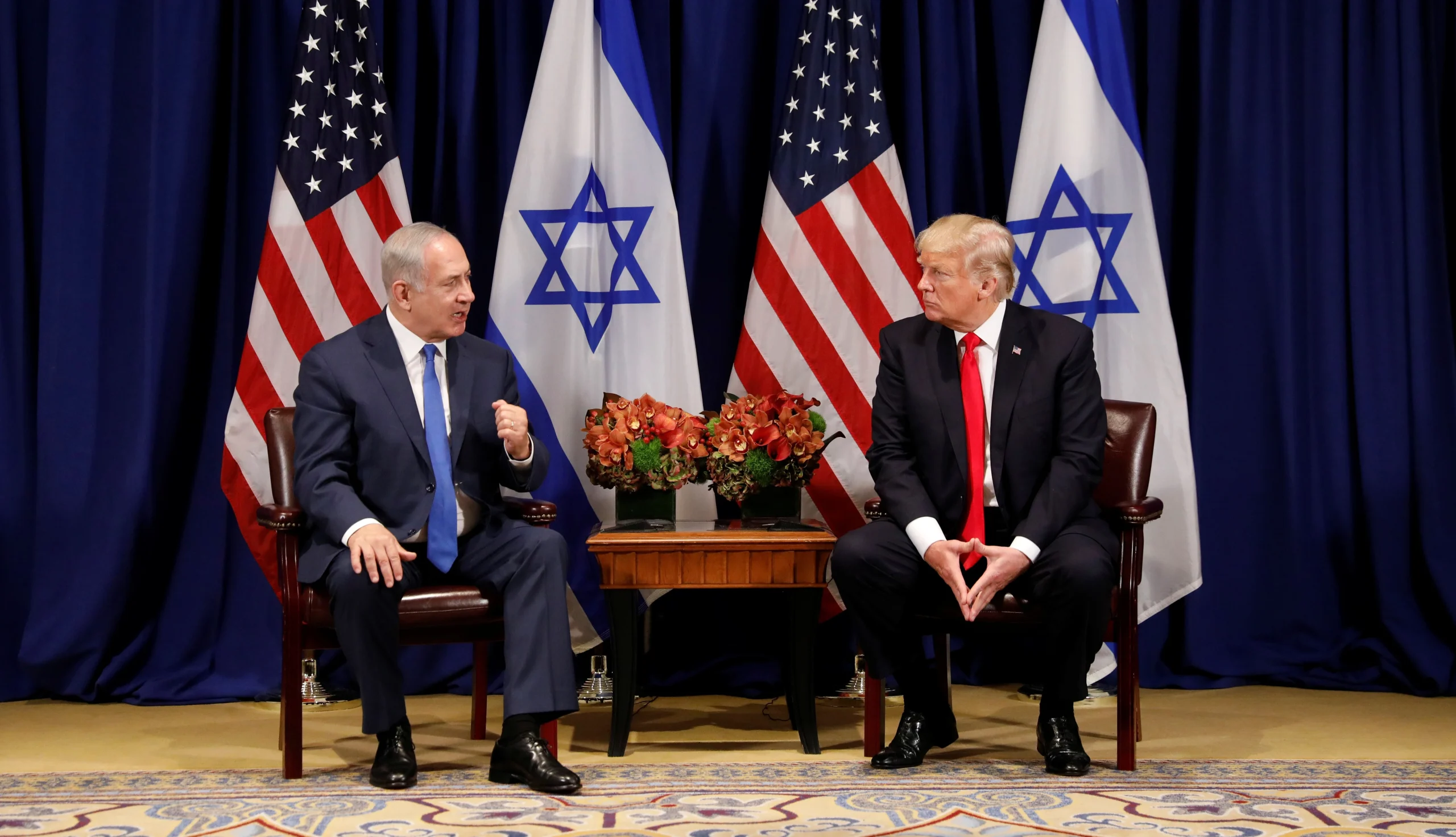As President-elect Donald Trump prepares to take office, he faces a series of complex and interconnected conflicts in the Middle East. With ongoing wars between Israel and Hamas, and the aftermath of Iran’s setbacks, the prospect for immediate diplomacy seems remote. Additionally, Saudi Arabia’s tough stance on a U.S.-led effort to broker ties between itself and Israel complicates matters. However, former government officials argue that the evolving dynamics in the region present new opportunities for diplomacy, despite the challenges.
Trump’s approach to the Middle East, influenced by his “art of the deal” mindset, is focused on securing significant agreements, particularly with Iran and Saudi Arabia. The “big deal” that Trump aims for would seek to counter Iran’s negative influence in the region, which is seen as a challenge to U.S. interests and its allies. Additionally, Trump aims to achieve a deal with Saudi Arabia, not only focused on the kingdom’s normalization with Israel, but one that could serve broader strategic interests for the U.S.
One of Trump’s key accomplishments in the Middle East was his successful brokering of the Abraham Accords in 2020, leading to diplomatic ties between Israel and the UAE, Bahrain, Sudan, and Morocco. However, the long-standing Israeli-Palestinian conflict remains unresolved, with tensions escalating after the 2023 Hamas-led attack on Israel. Iran, an influential actor in the region, has also become more engaged in the conflict, particularly through its Axis of Resistance coalition, and its nuclear activities have intensified following Trump’s 2018 withdrawal from the Iran nuclear deal (JCPOA).

Iran’s position is complex, as it has faced significant setbacks, including attacks on Hezbollah’s infrastructure and the death of the group’s leader, Hassan Nasrallah. Iran’s influence in Syria has also been challenged, with rebels toppling Bashar al-Assad, a key Iranian ally. Despite these challenges, Tehran has expressed a desire for negotiations, partly driven by its internal economic and social issues. This could open the door for renewed diplomatic efforts between the U.S. and Iran under the Trump administration.
There is a growing sense that the environment is more conducive to negotiating with Iran than it has been in recent years. U.S. policy under Trump may include a return to “maximum pressure” tactics, leveraging economic sanctions as a tool to bring Iran to the table. Trump is seen as potentially open to negotiating a new deal with Iran, one that could replace the JCPOA but with his name attached to it, providing an opportunity for both sides to reach a fresh agreement.
The internal dynamics in Iran are also crucial, as the ultimate authority lies with Supreme Leader Ayatollah Ali Khamenei and the hardline factions within the government. The Iran nuclear deal’s collapse has fueled skepticism about working with the West, and hardline advisers may push Iran to double down on its nuclear program or bolster its proxies in the region. Trump, however, could present a different approach to Iran, potentially facilitating dialogue in a manner that avoids escalation while seeking a new agreement.
In Washington, Trump’s hardline stance, including previous military actions against Iran, complicates any potential diplomacy. However, there are voices within the Trump administration who see opportunities for a more constructive dialogue with Iran, provided that both sides can build enough trust. This would require Iran’s willingness to open up about its nuclear program, with potential sanctions relief as an incentive for cooperation.
Another major challenge for Trump in the Middle East is managing the relationship between Israel, Saudi Arabia, and the Palestinians. Saudi Arabia, under Crown Prince Mohammed bin Salman, has shown interest in normalizing relations with Israel, but insists on Palestinian statehood as a prerequisite. Trump’s close ties with both Israeli Prime Minister Benjamin Netanyahu and Saudi Crown Prince MBS could help, but reconciling their demands—particularly regarding the Palestinian issue—remains a significant obstacle.
The situation in Gaza adds another layer of complexity, with the ongoing war between Hamas and Israel continuing to destabilize the region. Any efforts to forge a broader peace deal in the Middle East will need to address the grievances of the Palestinian people, a challenge that has eluded U.S. diplomacy for decades. Trump has expressed a desire to end the war and restore peace, but the path to such a deal is fraught with difficulties, particularly with the entrenched positions of Hamas and Israel.
Despite these challenges, there is hope among some experts that Trump could make meaningful progress in the region. His early comments on the Middle East suggest a focus on improving relationships, particularly in the Gulf states, where Trump may seek to deepen commercial ties. However, the situation remains precarious, and any misstep could lead to further escalation, particularly with the volatile dynamics in Gaza and Iran’s nuclear ambitions.
President-elect Trump faces an array of complex issues in the Middle East, with opportunities and risks intertwined. His approach to Iran, Saudi Arabia, Israel, and the Palestinian territories will shape the future of U.S. foreign policy in the region. While the road ahead is challenging, there remains a possibility for significant breakthroughs if Trump can handle these conflicts with the right balance of diplomacy and pressure. The coming years will be pivotal in determining whether Trump’s Middle East strategies lead to lasting peace or further instability.
